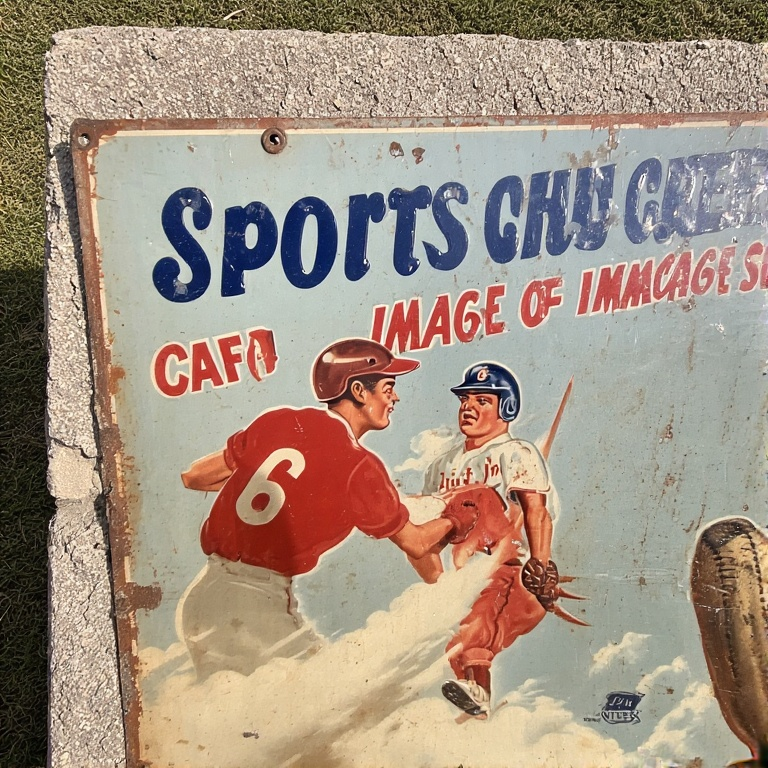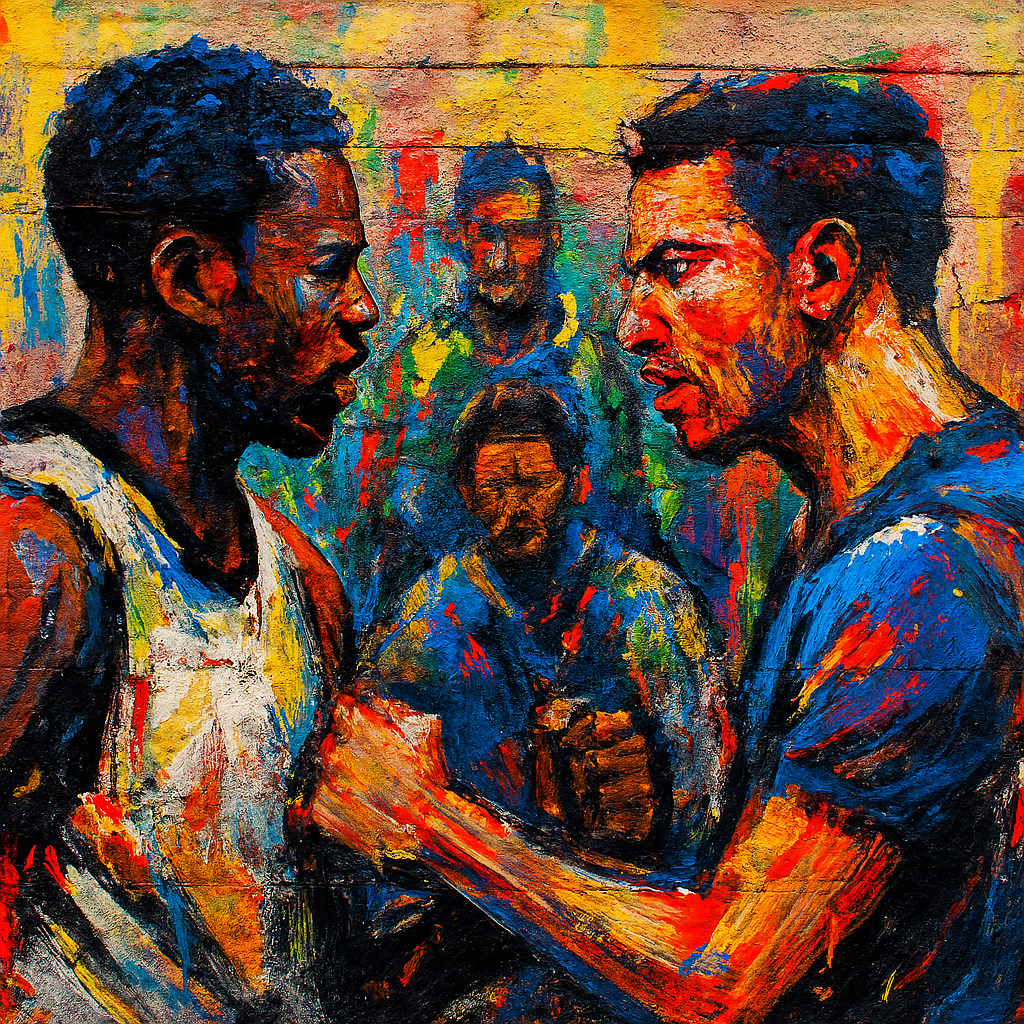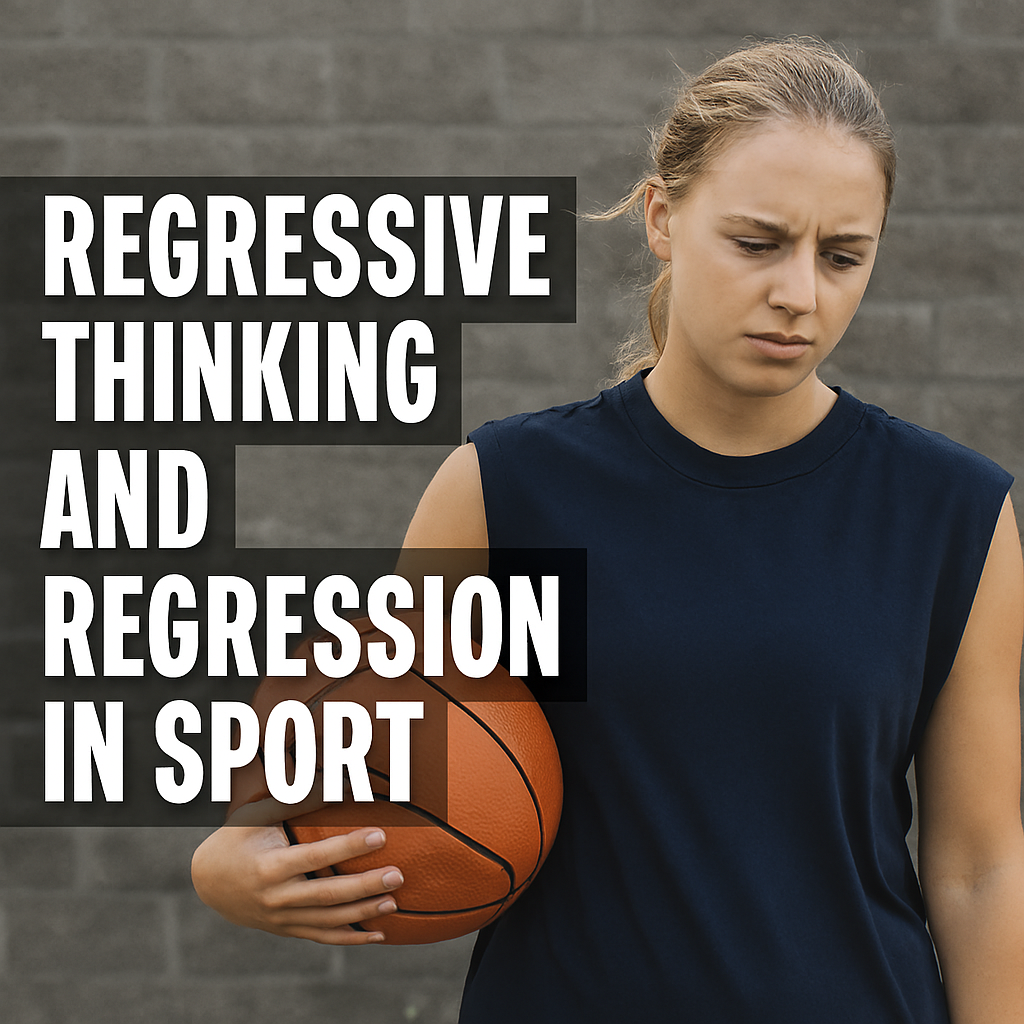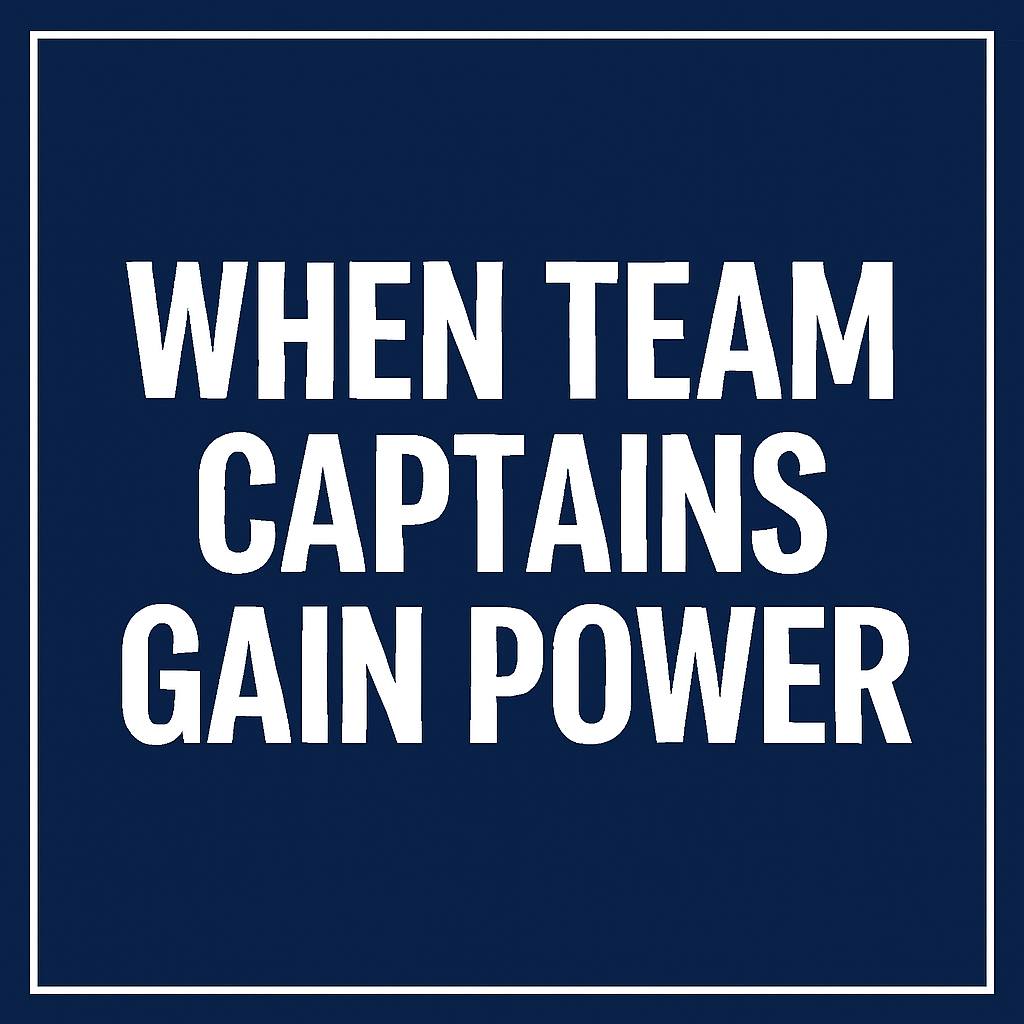32 Year Old Debutants- Setting The Stage
Professional sports thrive on a delicate balance of youth, experience, and strategic planning. Teams that are already mature and filled with seasoned veterans face unique challenges when considering the debut of athletes aged thirty-two or older. While experience can be valuable, the risks of introducing older debutants into such rosters often outweigh the potential benefits. This text explores why professional teams should avoid debuting athletes past thirty-two when the squad is already old and mature, using structured arguments, factual reasoning, tables, and point-based breakdowns.

Australia’s Ashes Selection – Debuting A 32-Year-Old In A Veteran Lineup
In the 2025 Ashes opener at Perth, Australia debuted a 32-year-old fast bowler in a squad already stacked with seasoned players. The team’s overall age profile raised strategic concerns, especially given the physical demands of Test cricket. Selecting a debutant at this stage of their career reflects a short-term approach that prioritizes experience over renewal. While domestic form may justify the call-up, the timing adds to the physical and tactical limitations of an aging side.
The move risks compounding injury vulnerabilities and slowing field dynamics. Younger bowlers might have offered more longevity and adaptability. Critics questioned whether this debut signaled a lack of succession planning. Sponsors and media often prefer narratives of growth, not stagnation. Australia’s cricket identity, especially in the Ashes, depends on bold renewal—not cautious repetition. Debuting a 32-year-old in this context may be more symbolic of strategic hesitation than tactical confidence.
- Adds age to an already veteran-heavy squad
- Physical intensity and field agility may suffer
- Succession planning appears delayed or unclear
- Younger options were available but overlooked
- Media and fans interpret the move as risk-averse
Too Old Or Not – The Debate Over Late Debuts
The decision to debut a 32-year-old athlete in professional sport—especially within a mature team—sparks ongoing debate. On one hand, age alone should not disqualify talent. Some athletes peak late, bring unique experience, and offer short-term impact. On the other hand, professional teams must weigh long-term sustainability, physical demands, and succession planning. In high-intensity environments like Test cricket or elite football, recovery speed and adaptability often decline after thirty.
Mature squads already face slower transitions and higher injury risks. Adding another older player may tip the balance toward fragility. Yet, if the debutant fills a specific tactical gap or brings unmatched composure, the move can be justified. The key lies in context—team age profile, strategic goals, and available alternatives. Blanket judgments about age ignore individual variance, but ignoring age entirely risks undermining future competitiveness. The question is not whether 32 is too old in isolation, but whether it fits the team’s trajectory.
- Age should not automatically disqualify talent
- Physical decline after thirty affects recovery and intensity
- Mature teams face compounded injury risks
- Strategic context determines whether the debut is wise
- Late debuts must be exceptional, not routine
Pros And Cons – Debuting A 32-Year-Old In A Mature Team
When a professional team chooses to debut a 32-year-old athlete, especially in a squad already filled with seasoned players, the decision carries both potential benefits and significant drawbacks. The balance between short-term impact and long-term sustainability defines whether the move is justified or risky.
Pros
- Brings immediate experience and composure under pressure
- Offers tactical maturity and decision-making shaped by years of competition
- Can fill a specific gap in the lineup with proven skills
- Provides short-term stability in high-stakes matches
- Adds leadership qualities that may support younger teammates
Cons
- Physical decline reduces speed, stamina, and recovery capacity
- Higher risk of injury compared to younger debutants
- Limits succession planning and blocks opportunities for youth development
- Shorter career trajectory reduces long-term value
- Media and fan perception may frame the move as stagnation rather than renewal
This balance highlights why mature squads must weigh the symbolic appeal of late debuts against the practical realities of sustaining competitiveness.

Physical Decline – The Biological Reality
Athletic performance is closely tied to physical peak, which generally occurs in the mid-to-late twenties. By thirty-two, most athletes begin to experience measurable declines in speed, agility, and recovery time. These changes are not simply anecdotal but supported by sports science research across multiple disciplines. Teams that rely on high-intensity play styles risk losing their competitive edge if they introduce debutants past this age. The biological reality cannot be ignored, and mature teams must prioritize longevity and sustainability over short-term experiments.
| Age Range | Typical Peak Performance | Recovery Speed | Injury Risk | Career Longevity |
|---|---|---|---|---|
| 20-25 | Highest speed and agility | Fast | Low | Long potential |
| 26-30 | Strong balance of skill | Moderate | Moderate | Medium potential |
| 31-35 | Declining physical traits | Slower | High | Short potential |
| 36+ | Minimal peak traits | Very slow | Very high | Very short |
Team Cohesion – The Risk Of Disruption
Older debutants often struggle to integrate seamlessly into established team cultures. Mature squads already rely on shared experiences, long-term chemistry, and synchronized playing styles. Introducing a thirty-two-year-old debutant risks disrupting this cohesion, especially if the player lacks prior exposure to the team’s system. Cohesion is critical in professional sports, where split-second decisions and trust among teammates determine outcomes.
- Established chemistry is harder to adapt to late entrants
- Younger debutants can grow into the system, older ones cannot
- Veteran-heavy teams already face slower adaptation cycles
- Leadership roles are often saturated, leaving little room for new voices
- Disruption risks outweigh potential short-term contributions
Financial Considerations – Cost Versus Value
Professional sports are not only about performance but also about financial sustainability. Debuting older athletes often comes with higher salary demands due to perceived experience, yet their career longevity is limited. Teams risk investing heavily in players who may only contribute for a short period before retirement. This imbalance between cost and value makes older debutants a poor financial choice for mature squads.
| Factor | Younger Debutants | Older Debutants |
|---|---|---|
| Salary Expectations | Lower | Higher |
| Marketability | Rising | Declining |
| Career Longevity | Long | Short |
| Return On Investment | High | Low |
Injury Risks – The Hidden Burden
Injuries become more frequent and severe as athletes age. A thirty-two-year-old debutant entering a mature team adds significant risk to the squad’s overall health profile. Mature teams already face higher injury burdens due to older rosters, and adding another older player compounds the issue. This creates a hidden burden that can derail entire seasons.
- Older athletes recover slower from injuries
- Mature teams already face cumulative injury risks
- Medical costs increase with older rosters
- Training loads must be reduced, lowering team intensity
- Risk management becomes unsustainable with too many older players
Performance Consistency – The Decline In Reliability
Consistency is the hallmark of elite athletes, but older debutants often struggle to maintain reliable performance levels. Fatigue, slower recovery, and declining physical attributes lead to fluctuating outputs. Mature teams cannot afford inconsistency, as their margins for success are already narrow. Reliability is essential, and older debutants rarely provide it.
| Attribute | Younger Debutants | Older Debutants |
|---|---|---|
| Speed | High | Declining |
| Stamina | Strong | Weakening |
| Recovery | Fast | Slow |
| Consistency | Reliable | Unstable |
Marketability – The Decline In Appeal
Sports thrive on marketability, and younger debutants often attract more attention from fans, sponsors, and media. Older debutants lack the same appeal, as their career trajectory is shorter and less inspiring. Mature teams risk losing marketing opportunities by debuting athletes past thirty-two.
- Younger athletes attract long-term sponsorships
- Fans prefer following rising stars over short-term veterans
- Media coverage favors youthful narratives
- Merchandise sales decline with older debutants
- Marketability is tied to longevity, which older athletes lack
Strategic Planning – The Long-Term Vision
Professional teams must plan for the future, not just the present. Debuting older athletes undermines long-term strategies, as they cannot contribute for extended periods. Mature teams already face challenges in succession planning, and adding older debutants worsens the issue. Strategic vision requires investment in youth, not short-term fixes.
| Planning Factor | Younger Debutants | Older Debutants |
|---|---|---|
| Succession Planning | Strong | Weak |
| Development Potential | High | Low |
| Future Leadership | Possible | Limited |
| Team Sustainability | Long-term | Short-term |
Leadership Saturation – The Challenge Of Roles
In mature teams, leadership roles are already filled by long-standing veterans who have earned respect through years of contribution. Introducing a debutant over thirty-two risks creating confusion about hierarchy and authority. Established leaders may feel undermined, while the new entrant struggles to find a meaningful role. This saturation of leadership positions can lead to tension in locker rooms and on the field. Teams thrive when roles are clear, but older debutants blur those lines. Younger players can grow into leadership gradually, but older debutants often expect immediate influence.
This expectation clashes with the existing structure of mature squads. Leadership saturation also reduces opportunities for younger athletes to develop into future captains. Teams that prioritize continuity must avoid unnecessary disruptions. The balance of authority is fragile in professional sports, and adding older debutants destabilizes it. Coaches face challenges in managing egos and expectations. Fans may perceive the move as desperate rather than strategic. Sponsors may question the team’s vision when leadership appears overcrowded. Ultimately, leadership saturation undermines cohesion and long-term planning.
| Leadership Factor | Younger Debutants | Older Debutants |
|---|---|---|
| Role Flexibility | High | Low |
| Growth Potential | Strong | Limited |
| Ego Management | Easier | Harder |
| Team Stability | Strong | Fragile |
Fan Expectations – The Narrative Of Progress
Fans expect their teams to evolve with fresh talent, not regress with late debutants. Introducing a thirty-two-year-old debutant contradicts the narrative of progress that supporters crave. Mature teams already face criticism for aging rosters, and adding another older player intensifies that perception. Fans want to see rising stars who represent the future of the franchise. Older debutants fail to inspire long-term loyalty. Supporters invest emotionally in athletes who can grow with the team, not those nearing retirement.
Ticket sales and merchandise revenue often decline when fans perceive stagnation. Media narratives also amplify fan dissatisfaction, framing older debutants as signs of poor planning. Younger athletes generate excitement through potential, while older debutants generate skepticism. The perception of progress is critical in maintaining fan engagement. Teams that ignore this risk alienating their base. Fan culture thrives on hope, and older debutants diminish it. Mature squads must prioritize optics as much as performance. The narrative of progress is essential for sustaining enthusiasm.
- Fans crave youthful energy and potential
- Older debutants signal stagnation rather than growth
- Media amplifies negative perceptions of aging rosters
- Merchandise sales decline with uninspiring additions
- Hope and excitement are tied to long-term prospects

Sponsorship Dynamics – The Business Of Image
Sponsorship deals are heavily influenced by the image of the team and its players. Younger debutants attract brands seeking long-term partnerships, while older debutants offer limited appeal. Mature teams already face challenges in securing fresh sponsorships due to aging rosters. Adding a thirty-two-year-old debutant further reduces attractiveness to corporate partners. Sponsors want athletes who can represent their brand for years, not months.
Marketability declines sharply with age, and debutants past thirty-two rarely reverse that trend. Sponsorship dynamics are critical for financial sustainability in professional sports. Teams that ignore this reality risk losing revenue streams. Younger athletes provide opportunities for innovative campaigns, while older debutants limit creativity. Corporate partners prefer narratives of growth and potential. Mature squads must align with these expectations to remain competitive. Sponsorship is not just about performance but also about perception. Older debutants weaken both. The business of image demands forward-looking strategies. Mature teams cannot afford to compromise.
| Sponsorship Factor | Younger Debutants | Older Debutants |
|---|---|---|
| Brand Appeal | Strong | Weak |
| Campaign Longevity | Long | Short |
| Innovation | High | Low |
| Revenue Potential | Strong | Declining |
Coaching Challenges – The Burden Of Adaptation
Coaches face unique challenges when integrating older debutants into mature teams. Training regimens must be adjusted to accommodate slower recovery times. This creates imbalance in squad preparation. Younger debutants adapt quickly, while older ones require tailored programs. Coaches must divert resources to manage these differences. Mature squads already demand complex strategies, and adding older debutants compounds the burden.
Tactical flexibility is reduced when players cannot meet physical demands. Coaches risk compromising overall team intensity. Older debutants often resist new methods, relying on outdated habits. This resistance undermines innovation. Younger athletes embrace modern techniques, fueling progress. Coaching challenges multiply with age-related limitations. Mature teams cannot afford inefficiency in training. The burden of adaptation drains energy from long-term development. Coaches must prioritize youth to maintain balance.
- Training regimens become inconsistent with older debutants
- Tactical flexibility is reduced by slower recovery
- Resistance to modern methods undermines innovation
- Coaching resources are diverted from youth development
- Mature squads face compounded burdens with older additions
Media Narratives – The Perception Of Decline
Media plays a powerful role in shaping public perception of professional teams. Debuting a thirty-two-year-old athlete in a mature squad is often framed as a sign of decline. Journalists highlight the lack of youth investment, questioning the team’s vision. Headlines emphasize desperation rather than strategy. Media narratives influence fan sentiment and sponsor confidence. Older debutants rarely generate positive coverage. Younger athletes, by contrast, are celebrated as symbols of progress.
Mature squads must manage optics carefully to avoid reputational damage. Media thrives on stories of growth, not stagnation. Debuting older athletes undermines this narrative. Negative coverage can overshadow actual performance. Teams risk being labeled outdated. Media narratives are difficult to reverse once established. Mature squads must avoid fueling perceptions of decline. The press demands forward-looking strategies.
| Media Factor | Younger Debutants | Older Debutants |
|---|---|---|
| Coverage Tone | Positive | Negative |
| Narrative Appeal | Growth | Decline |
| Fan Influence | Strong | Weak |
| Sponsor Confidence | High | Low |
Locker Room Dynamics – The Strain Of Integration
Locker rooms in professional sports are delicate ecosystems built on trust, familiarity, and shared experiences. Introducing a thirty-two-year-old debutant into a mature squad disrupts this balance. Older debutants often arrive with expectations of immediate respect, but teammates may view them as outsiders. This tension can fracture unity. Younger debutants, by contrast, are welcomed as learners who can grow into the culture. Mature squads already face challenges with generational divides, and adding another older player intensifies the strain.
Integration becomes more difficult when the debutant lacks prior exposure to the team’s traditions. Coaches must spend additional time managing interpersonal conflicts. Locker room morale suffers when roles are unclear. Trust is harder to build with late entrants. The chemistry that drives performance weakens. Fans may sense disunity through inconsistent play. Sponsors may question the team’s internal stability. Locker room dynamics are critical, and older debutants destabilize them.
- Older debutants disrupt established locker room hierarchies
- Younger players integrate more smoothly into team culture
- Coaches face added burdens managing interpersonal conflicts
- Morale declines when roles are unclear
- Chemistry weakens with late entrants

Tactical Limitations – The Decline In Flexibility
Tactics in professional sports demand flexibility, speed, and adaptability. Older debutants often struggle to meet these requirements. Mature squads already face reduced tactical options due to aging rosters. Adding another older player compounds the issue. Coaches must design strategies around physical limitations rather than strengths. This reduces creativity and innovation. Younger debutants expand tactical possibilities, while older ones restrict them.
Flexibility is essential in modern sports, where opponents constantly evolve. Older debutants are slowing already and may limit pressing intensity. Tactical limitations become glaring in high-stakes matches. Mature squads cannot afford reduced adaptability. Opponents exploit weaknesses created by slower players. Coaches lose confidence in their ability to adjust mid-game. Fans notice the lack of dynamism. Tactical stagnation undermines competitiveness. Mature teams must prioritize youth to maintain flexibility. Older debutants erode tactical strength.
| Tactical Factor | Younger Debutants | Older Debutants |
|---|---|---|
| Adaptability | High | Low |
| Speed Of Play | Fast | Slow |
| Innovation | Strong | Weak |
| Strategic Options | Expansive | Limited |
Psychological Pressure – The Burden Of Expectations
Older debutants face immense psychological pressure when entering mature squads. Fans expect immediate impact due to age and perceived experience. This burden often leads to underperformance. Younger debutants are granted patience, but older ones are not. Mature teams already face scrutiny for aging rosters, and older debutants intensify criticism.
The psychological toll affects confidence and morale. Coaches struggle to manage expectations. Teammates may resent the pressure placed on the squad. Media narratives amplify the burden, framing older debutants as risky experiments. Sponsors question the wisdom of the decision. The athlete themselves may feel overwhelmed by unrealistic demands. Performance suffers under constant scrutiny. Younger debutants thrive with gradual development, while older ones falter under pressure. Mature squads cannot afford psychological instability. The burden of expectations undermines team cohesion. Older debutants rarely meet the demands placed upon them.
- Fans expect immediate impact from older debutants
- Media amplifies pressure with negative narratives
- Coaches struggle to manage unrealistic demands
- Teammates resent added scrutiny
- Psychological instability undermines cohesion
Succession Planning – The Blockage Of Growth
Succession planning is vital for the sustainability of professional teams. Mature squads must prepare for future leadership and performance. Debuting athletes over thirty-two blocks opportunities for younger players. This short-term decision undermines long-term vision. Younger debutants provide continuity, while older ones offer only temporary solutions.
Succession planning requires investment in youth. Mature squads already face challenges in transitioning leadership. Adding older debutants worsens the issue. Future captains and leaders are denied chances to grow. Fans lose faith in the team’s direction. Sponsors prefer narratives of growth, not stagnation. Coaches struggle to balance immediate needs with future planning. Succession planning is compromised when older debutants take priority. The blockage of growth weakens sustainability. Teams risk long-term decline. Mature squads must prioritize youth development. Older debutants erode succession strategies.
| Succession Factor | Younger Debutants | Older Debutants |
|---|---|---|
| Leadership Growth | Strong | Weak |
| Continuity | Long-term | Short-term |
| Development Path | Clear | Blocked |
| Sustainability | High | Low |
Cultural Fit – The Challenge Of Alignment
Culture defines professional teams as much as performance. Mature squads develop traditions, rituals, and shared values over years. Older debutants often struggle to align with these established norms. Younger debutants adapt more easily, embracing the culture as learners.
Older players may resist change, relying on past experiences. This misalignment creates friction. Coaches must spend time reinforcing cultural values. Teammates may view older debutants as outsiders. Fans notice when cultural fit is lacking. Sponsors prefer athletes who embody team identity. Cultural misalignment undermines cohesion. Mature squads cannot afford cultural instability.
Older debutants rarely integrate seamlessly. Younger athletes strengthen traditions by growing within them. Culture is fragile, and misalignment damages it. Teams must prioritize cultural fit in recruitment. Older debutants challenge this balance. Mature squads risk losing identity. Cultural fit is essential for long-term success.
- Mature squads rely on established traditions and rituals
- Older debutants struggle to align with cultural norms
- Younger athletes embrace culture as learners
- Misalignment creates friction and instability
- Sponsors prefer athletes who embody team identity
Conclusion – The Path Forward
Debuting athletes over thirty-two in mature professional teams is a decision fraught with risks. From physical decline and injury burdens to financial inefficiency and reduced marketability, the drawbacks outweigh the benefits. Mature squads must prioritize youth development, long-term planning, and sustainable performance strategies. The path forward lies in investing in younger talent who can grow with the team, ensuring both immediate competitiveness and future success.
Join The Discussion – Share Your Perspective
Do you believe mature teams should ever debut athletes past thirty-two, or should youth always be prioritized?
#SportsStrategy #AthleteDevelopment #TeamCohesion #FuturePlanning #ProSports














Leave a Reply